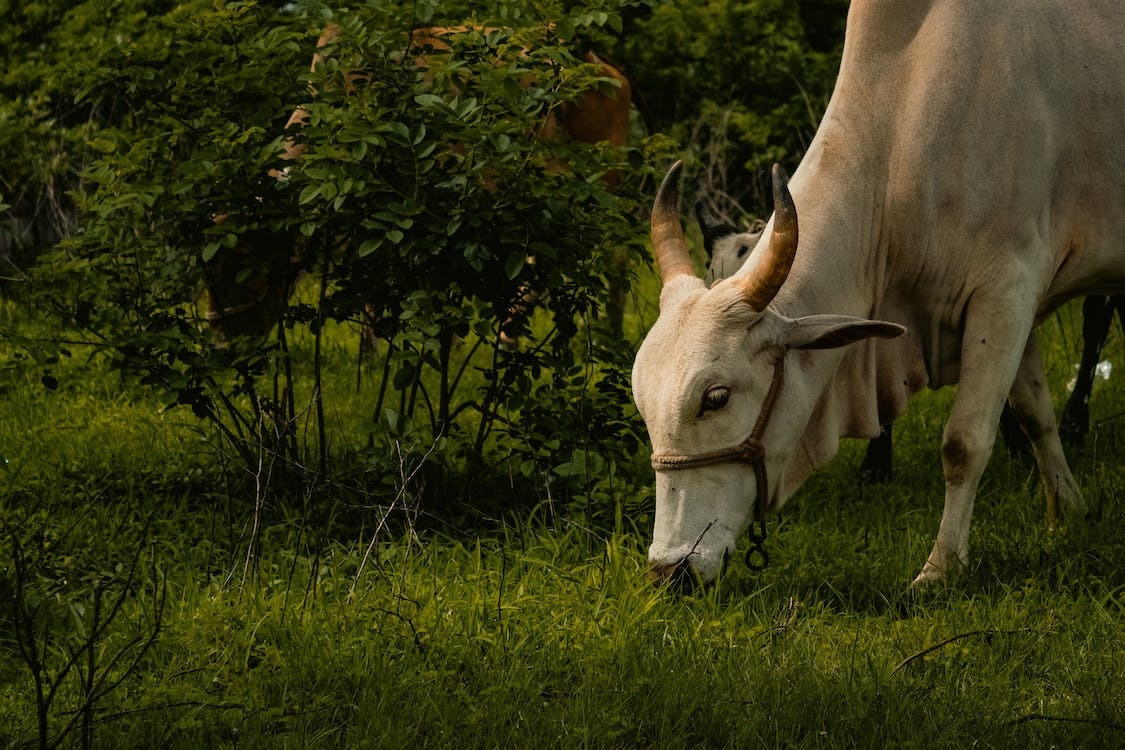The Sacred Cow: Symbolism and Significance
The cow, often referred to as “Gau Mata” in Indian culture, holds a unique and revered position. Its significance goes beyond being a mere animal; it’s a symbol of divinity, nurturance, and sustainability. This reverence for cows is deeply ingrained in Indian society, rooted in religious, cultural, and practical aspects.
Religiously, the cow holds a special place in Hinduism, the predominant religion in India. It’s considered a symbol of purity, prosperity, and selfless giving. The cow is associated with several deities, most notably Kamadhenu, a divine cow believed to fulfill wishes and provide abundance. In the epic Mahabharata, the cow is equated with the Earth itself, emphasizing its nurturing and life-sustaining role.
Cows also play a significant role in the practice of dharma (righteousness) in Hinduism. They are believed to embody the virtues of nonviolence, compassion, and sacrifice. Cow protection and welfare are considered noble deeds, reflecting the broader principle of respecting all life forms.
Cultural ties to cows are evident in various rituals and traditions. In rural areas, cows are integral to agrarian life. They provide milk, a vital source of nutrition, and their dung is used as a valuable resource for fuel and fertilizers. Cow dung is also used in traditional rituals and as a natural antiseptic.
In modern times, however, the reverence for cows has sparked debates and controversies. The concept of cow protection has led to discussions about its impact on the economy, dietary choices, and the treatment of other animals. While some view cows as sacred and advocate for their protection, others argue for a balanced approach that considers practical implications and animal welfare.
The issue of cow protection also intersects with political discourse. In some regions, cow vigilantism has led to instances of violence, creating tensions and highlighting the need for harmonious coexistence between different communities and viewpoints.
On an international level, India’s reverence for cows has sometimes been misunderstood or misrepresented. While it’s a cultural norm within the country, outsiders might perceive it as an unusual fixation. This cultural difference underscores the diversity of beliefs and practices across the world.
In conclusion, the cow holds a multi-dimensional significance in Indian society. It’s a symbol of religious devotion, cultural heritage, and practical utility. While its reverence is deeply rooted, discussions surrounding cow protection also reflect the evolving nature of societies and their diverse perspectives. As we navigate these discussions, it’s crucial to approach the topic with an understanding of its historical, cultural, and religious context, fostering dialogue and respect for different viewpoints.
The Cow Essay in 10 Lines For Kids
- The cow is revered in Indian culture as a symbol of divinity and purity.
- It holds a significant place in Hinduism and is associated with deities like Kamadhenu.
- Cows are considered embodiments of nonviolence, compassion, and sacrifice.
- They play a vital role in agrarian life, providing milk and valuable resources like dung.
- Cow protection is a noble deed in Hinduism, reflecting the principle of respecting all life.
- However, debates arise due to practical implications and differing viewpoints.
- Cow vigilantism has sparked tensions and violence in certain instances.
- Cultural differences sometimes lead to misunderstanding on an international level.
- The cow’s significance reflects the intersection of religion, culture, and modern concerns.
- Navigating discussions about cow protection requires understanding, dialogue, and respect for diverse beliefs.

